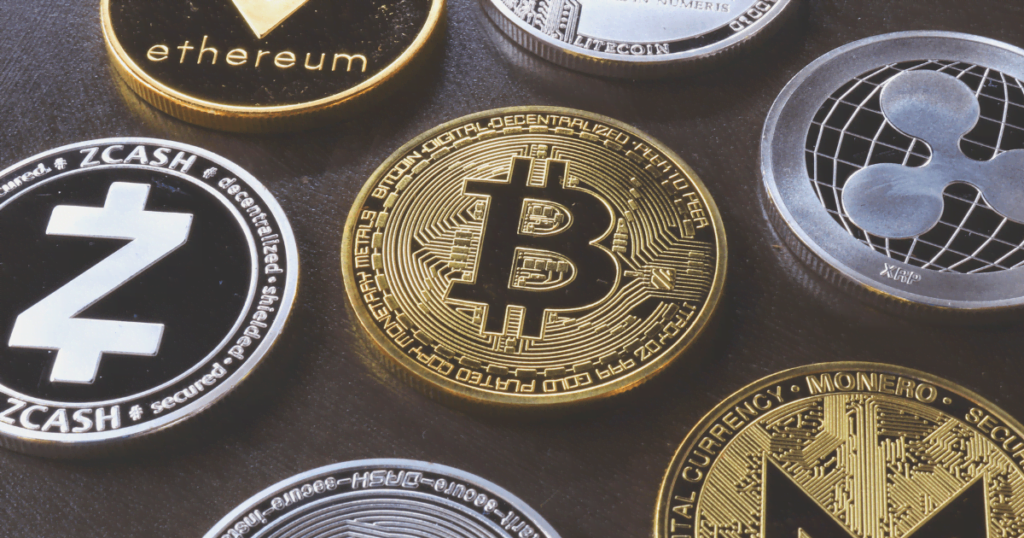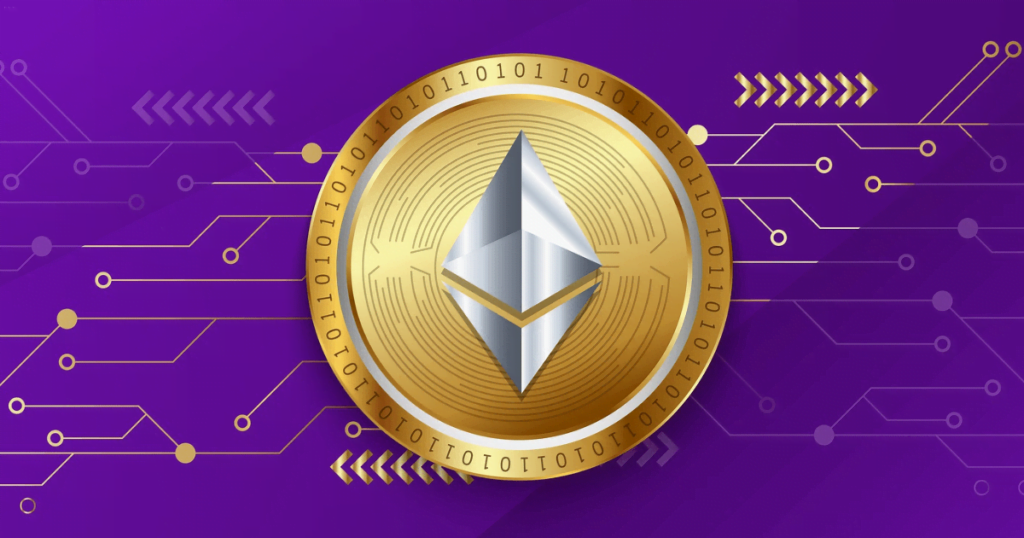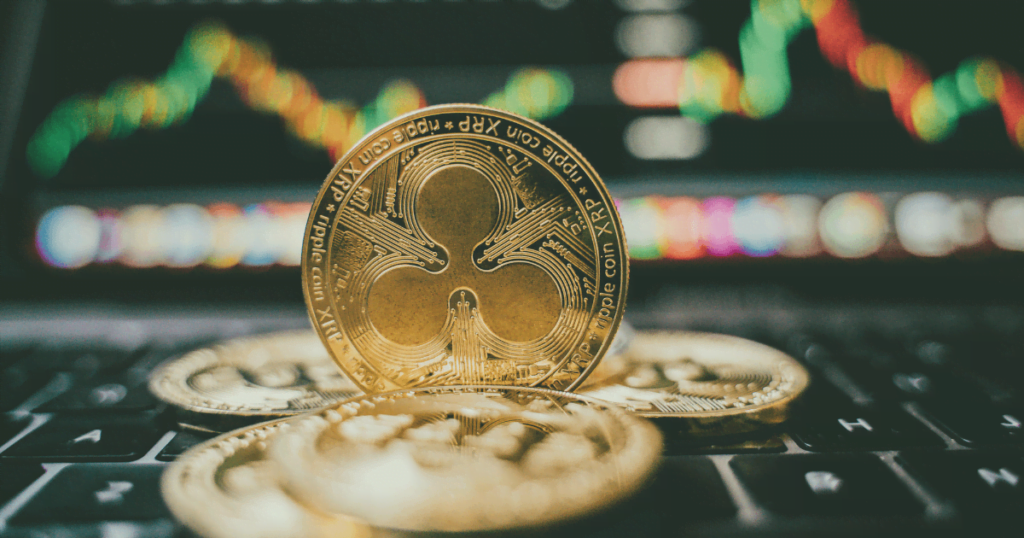Definition and Overview
Any cryptocurrency besides Bitcoin is referred to as an altcoin. Different blockchain technology, consensus algorithms, and use cases can be used to create them. They frequently serve as alternatives to Bitcoin or as a supplement to it, providing a range of functions, features, and value propositions.
Brief History of Altcoins
Litecoin, which sought to enable transactions that were quicker and less expensive than Bitcoin, was the first alternative coin to appear following Bitcoin in 2011. Since then, tens of thousands of alternative coins have been developed, each with special qualities and attributes.
How do Altcoins differ from Bitcoin and other cryptocurrencies?

Technical Differences
Several technical characteristics, including the consensus algorithm, block time, scalability, and privacy features, can make altcoins different from Bitcoin.
In contrast to Bitcoin’s Proof of Work (PoW), Ethereum uses a consensus algorithm called Proof of Stake (PoS). This enables quicker transaction times and less energy use. Some alternative coins, like Monero (XMR) and Zcash (ZEC), which use cutting-edge encryption methods to obfuscate transaction specifics, also place a strong emphasis on privacy.
Use Cases and Features
The characteristics and use cases of altcoins may also be different from those of Bitcoin. For example, Ethereum is renowned for its smart contract features, which let programmers create decentralized apps (dApps) on its blockchain. Other cryptocurrencies, like Ripple and Stellar (XLM), concentrate on international transfers of money, while Siacoin (SC) and Filecoin (FIL) offer decentralized data storage options.
Market Capitalization and Price Volatility
Another way cryptocurrencies vary from Bitcoin is in their market size and price volatility. While Bitcoin is the largest and most well-known cryptocurrency, the market capitalization and price fluctuations of altcoins differ substantially. Some altcoins, like Ethereum and Binance Coin, have witnessed huge increases in market capitalization and price in recent years, while others have seen major price variations and volatility.
Types of Altcoins
There are many types of Altcoins available in the market, some of which are listed below.
Utility Tokens
Altcoins called utility tokens are intended for use only on particular platforms or ecosystems. These tokens are meant to be used on the platform as a medium of exchange or utility rather than as a store of currency. For example, the utility token that drives the Ethereum blockchain is Ethereum, the second-largest cryptocurrency by market capitalization.
Security Tokens
Security tokens resemble conventional securities like stocks and bonds. These tokens are governed by securities laws and reflect ownership in a business or asset. Investors might receive a return on their investment in the form of dividends or profit-sharing when they invest in security tokens, which are frequently used to generate money for a project or business.
Stablecoins
A particular class of cryptocurrency known as stablecoins is intended to have a constant value. Stablecoins are digital currencies that are linked to a stable asset, such as the US dollar or gold, as opposed to other cryptocurrencies, which can be unstable and vulnerable to large price fluctuations. They are a desirable option for investors seeking to protect themselves against market volatility because of their stability.
Privacy Coins
An anonymous and private cryptocurrency is known as a “Privacy Coin.” To protect user identities and transaction data from prying eyes, these coins employ cutting-edge encryption and cryptography. People in repressive regimes or those involved in criminal activities frequently utilize Privacy coins to keep their financial information private.
Examples of Popular Altcoins
Ethereum (ETH)

Following Bitcoin in terms of market value, Ethereum is the second-largest cryptocurrency. Decentralized apps (dApps) and smart contracts are now supported by the platform, which was introduced in 2015. A decentralized network of computers is powered by the apps that developers may create and deploy using Ethereum’s blockchain. Ether (ETH) is the digital money linked to the Ethereum network.
Binance Coin (BNB)
The native coin of the largest cryptocurrency exchange by trading volume, Binance, is called Binance Coin. Initial coin offerings (ICOs) on the Binance Launchpad and transaction fees on the Binance exchange can both be paid using Binance Coin. Additionally, staking, which entails keeping a coin to collect rewards, has been done with Binance Coin.
Ripple (XRP)
A currency exchange, remittance network, and real-time gross settlement mechanism are all components of Ripple. XRP is the name of the native coin used by the Ripple network. Ripple was created to be a more effective and affordable means to make international payments. Banks and financial organizations from all around the world have started to pay a lot of attention.
Dogecoin (DOGE)
Dogecoin was founded in 2013 as a “joke” cryptocurrency based on the popular “Doge” internet meme. However, it has since garnered a tremendous following and is currently one of the most popular altcoins. Dogecoin has been utilized by several humanitarian organizations and has received support from celebrities such as Elon Musk.
Cardano (ADA)
Cardano is a blockchain platform that promises to make decentralized applications safer and more sustainable. ADA is the native coin connected with the Cardano network. Cardano’s blockchain has a proof-of-stake consensus process, which necessitates the possession of ADA to participate in the network and gain rewards.
Polkadot (DOT)
Polkadot is a blockchain platform that allows several blockchains to collaborate. It was developed in response to the issue of blockchain interoperability. DOT is the native cryptocurrency linked with the Polkadot network. Polkadot’s design enables developers to create and deploy blockchains that can interact with other blockchains on the network.
Chainlink (LINK)
Chainlink is a decentralized oracle network that connects smart contracts to real-world data. LINK is the native cryptocurrency linked with the Chainlink network. Chainlink’s technology enables smart contracts to access data from other sources, which is critical for developing decentralized apps.
Litecoin (LTC)
Litecoin is a peer-to-peer cryptocurrency founded in 2011. It is often referred to as the “silver to Bitcoin’s gold.” With a block duration of 2.5 minutes compared to Bitcoin’s 10 minutes, Litecoin was supposed to be speedier and more efficient than Bitcoin. Because of its cheap transaction fees, Litecoin is frequently utilized for smaller transactions.
Stellar (XLM)
Stellar is a decentralized payment network that enables low-cost international transactions. XLM is the native coin connected with the Stellar network. Stellar was created to aid in the transfer of funds between individuals and financial organizations, with an emphasis on underdeveloped nations.
Uniswap (UNI)
Users can trade cryptocurrencies on Uniswap’s decentralized exchange (DEX) without the aid of a centralized middleman. UNI is the name of the native cryptocurrency used by the Uniswap network. By using an Automated Market-Making (AMM) system rather than a conventional order book, Uniswap enables users to trade cryptocurrencies.
Why invest in Altcoins?
Diversification of Cryptocurrency Portfolio
Diversification is one reason to consider investing in cryptocurrencies. You may spread your risk and perhaps gain from different market trends and cycles by investing in a variety of cryptocurrencies. This can assist to lower overall portfolio volatility while potentially increasing profits.
Potential for Higher Returns
Another motivation to invest in cryptocurrencies is the possibility of larger profits. While Bitcoin has long been the most valuable cryptocurrency in terms of market capitalization and price, altcoins might provide considerable growth prospects. Some cryptocurrencies, such as Binance Coin and Solana (SOL), have witnessed enormous price and market capitalization rise in recent years.
Potential for Unique Features and Use Cases
Investing in altcoins might also give exposure to unique features and use cases that Bitcoin or other cryptocurrencies may not provide. Some cryptocurrencies, for example, Chainlink (LINK) and Ocean Protocol (OCEAN) provide decentralized oracle solutions and data markets, respectively. You can benefit from the expansion of these new and developing technologies by investing in these cryptocurrencies.
Risks and Considerations
However, investing in cryptocurrencies has its own set of dangers and concerns. Altcoins may be very volatile and speculative, with fast price fluctuations. Before investing in any cryptocurrency, it is critical to undertake extensive research and due diligence, taking into account aspects like the project’s team, its use case and prospective market, and its competitive environment.
How to invest in Altcoins?
Choosing a Cryptocurrency Exchange
To invest in altcoins, find a cryptocurrency exchange that supports the altcoin you want to invest in. Binance, Coinbase, Kraken, and Gemini are some of the popular exchanges. Before selecting an exchange, be sure to look into the costs, security features, and accessible cryptocurrencies.
Setting up a Wallet
You’ll also need to create a wallet to keep your cryptocurrencies in. Wallets are classified into three types: hardware wallets, software wallets, and internet wallets. Hardware wallets are the most secure since they keep your private keys offline, but they can be costly. Although the software and internet wallets are more handy and accessible, they are less secure.
Researching Altcoins
It’s crucial to perform extensive study and due diligence before investing in any altcoin. Reading the whitepaper, examining the project’s website and social media accounts, and examining any news or opinions expressed by the community regarding the initiative are all examples of this. It’s a smart idea to assess any potential dangers and difficulties the project may encounter as well as to evaluate the altcoin’s competitors.
Making a Purchase
You can buy your chosen altcoin once you’ve selected an exchange and created a wallet. Before making a buy, be sure to take the market and price movements into account. You may also want to think about using stop-loss orders or profit-taking if appropriate.
Conclusion
Finally, any cryptocurrency that is not Bitcoin is referred to as an altcoin. In terms of their consensus techniques, use cases, market capitalization, and price volatility, altcoins can vary from Bitcoin. The variety, potential for greater profits, and exposure to uncommon features and use cases that come with cryptocurrency investing are not without danger, though. Before investing in any altcoin, it’s crucial to do your homework and exercise due diligence. You should also pick a safe exchange and wallet. Investing in altcoins has the potential to be successful and gratifying with the appropriate plan and approach.
FAQs
Q1: What is an altcoin?
A: An altcoin is any cryptocurrency other than Bitcoin.
Q2: How do altcoins differ from Bitcoin?
A: Altcoins are designed to solve some of the issues associated with Bitcoin, such as transaction speed, transaction fees, and energy consumption.
Q3: What are altcoins examples?
A: Some popular altcoins include Ethereum, Binance Coin, Ripple, Dogecoin, Cardano, Polkadot, Chainlink, Litecoin, Stellar, Bitcoin Cash, Uniswap, and Solana.
Q4: Should I invest in altcoins?
A: Investing in cryptocurrency is a personal decision and should be based on individual financial goals and risk tolerance.
Q5: How can I buy altcoins?
A: Altcoins can be purchased on cryptocurrency exchanges or through decentralized exchanges (DEXs).







